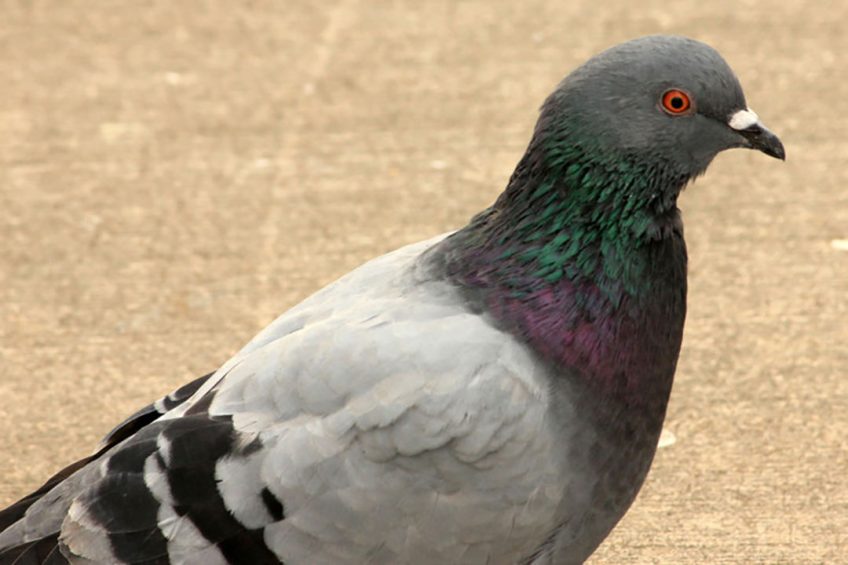Newcastle disease in chickens spreads easier than wild birds

Virulent Newcastle disease viruses from chicken origin are more pathogenic and transmissible to chickens than viruses normally maintained in wild birds.
Research led by scientists from the Southeast Poultry Research Laboratory in Athens, Georgia, US, looked at 5 virulent Newcastle Disease virus (vNDV) isolates of different genotypes from different host species.
They were evaluated for their ability to:
- infect,
- cause disease, and
- transmit to naïve chickens.
Trail
- Groups of 5 birds received a low, medium or high dose, by the oculonasal route, of one of the following vNDV: 3 chicken-origin, one cormorant-origin and one pigeon-origin.
- 3 naïve birds were added to each group at 2 days post-inoculation to evaluate transmission.
- Virus shedding was quantified and evaluated at 14 DPI. All inoculated and contact birds in the chicken-origin vNDV groups succumbed to infection, displaying clinical signs typical of Newcastle Disease and shed substantial amounts of virus titers.
- Birds receiving a high and medium dose of the cormorant virus showed primarily neurological clinical signs with mortality rates of 80 and 60%.
- For the pigeon-origin virus, no clinical signs were found in any of the birds, but all 5 chickens in the high challenge dose and one bird in the medium challenge group shed virus, albeit at a lower level than that from the chicken-origin group.

Check out the interactive Poultry Health Tool – with the latest insights on the 40+ most common poultry diseases.
Wild birds infected only at higher doses
Overall, the research, published in Veterinary Microbiology, found that the chicken-origin viruses infected chickens and efficiently transmitted to naïve birds, while the cormorant and pigeon-origin viruses infected chickens only at higher doses and did not transmit to other birds.
Also read: Pigeons pose Newcastle Disease Risks
Virulent Newcastle Disease in the US
Virulent Newcastle Disease has been a major issue on the west coast of the United States over the past year. The United States Department of Agriculture (USDA) has confirmed 449 premises in California and further infected premises have been reported in neighbouring Utah and Arizona since the outbreak started in May 2018.
A study by USDA’s Animal and Plant Health Inspection Service into the clusters of cases, which overwhelmingly have been found in backyard rather than commercial flocks, highlighted the huge number of backyard flocks and that housing was often open to the wild bird population.












